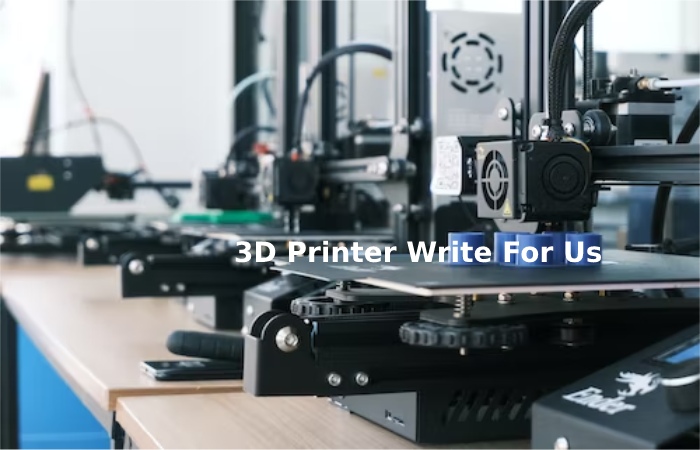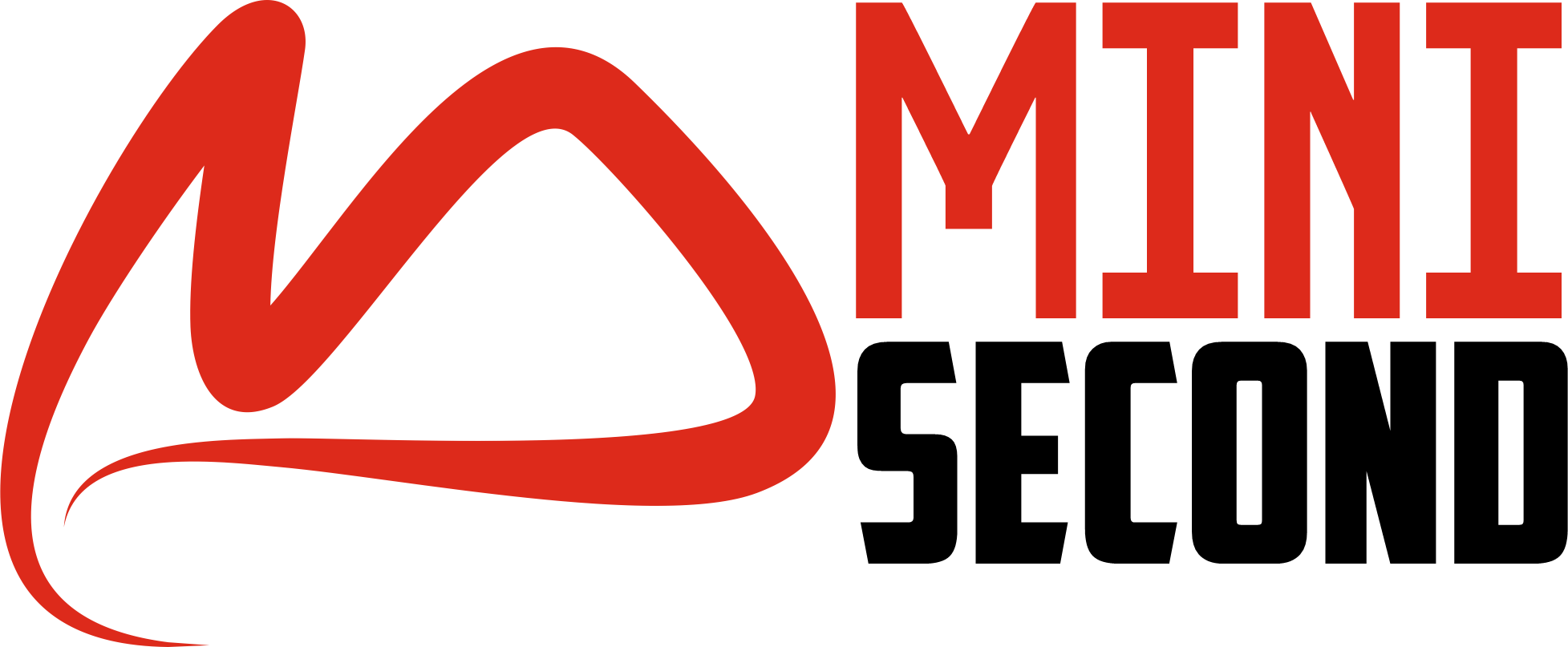3D Printer Write For Us – 2D printing has been a part of our lives for many years. During this time, many technologies were used for printing, but the truth that today 3D printing is already a reality. It is difficult not to have heard of 3D printing today or even seen some creations. However, it is still entirely unknown to most people. Moreover If this a topic of interest to you, we will show a little history about 3D printers, what this type of printing consists of and how it works, types of printers, and some models to get us started in this world.
What is 3D printing
3D printing is a group of additive manufacturing technologies capable of creating a three-dimensional object by superimposing successive layers of a specific material.That is to say A process by which material things shaped through the layering of material from a digital model. Therefore, it a process in which a physical object created in three dimensions through a digital thing or models using a 3D printer that can use different technologies and materials to superimpose layers to create a perfect replica.
Before beginning the printing process, the printing software will be in charge of separating the print into layers as thin as the output plastic that we are going to use (there are several, we will detail them below). Then, for each layer, the printer will move on the plane to release the necessary plastic, thus forming the figure in three dimensions.
A little history
Although it may seem like a modern term and technology to us, the truth that in 1976 the first equipment and construction materials for 3D printing were already developed. A few years later, in 1981, Hideo Kodama invented two AM manufacturing methods of a three-dimensional plastic model with a photocurable polymer.
In 1984 several projects were presented and patented based on the stereolithography process, which based on gradually adding layers by curing photopolymers with ultraviolet lasers. In addition, a system for generating three-dimensional objects by creating a pattern of the thing to formed was defined, which gave rise to the STL file format, which widely accepted today for 3D printing.
First SLA 3D printing machine
Moreover In 1992, the first SLA (stereolithographic) 3D printing machine was developed and was the work of the 3d Systems compane.That is to say An ultraviolet laser solidifies a photopolymer layer by layer to create three-dimensional objects. Even though they were not perfect pieces, they suggested the great potential that this type of machine could offer.
Seven years later, in 1999, significant advances could be seen with the first laboratory-reared organ by the research team at the Wake Forest Institute for Regenerative Medicine through their project to get organs and tissues printed with 3D printing technology. business
First SLS-type printer
In 2006 the first SLS or selective laser synthesizing printer built. A machine that uses a laser to melt materials during the 3D printing process and that gave great hope to the manufacture of industrial parts, prostheses, etc. A couple of years later, the first printer capable of replicating its components saw the light of day through the RepRap project, making it possible to build identical printers or spare parts.
This type of printing initially devised to used almost exclusively for the industry, but thanks to this first SLS printer, its use extended to reach models for “domestic” use.
Advances and news
In 2011, engineers at the University of Southampton designed a 3D-printed drone manufactured in just one week. In that same year, it was also possible to see the prototype of a car whose body work had created through 3D printing or how this technology taken to a very different market, such as jewelry, being able to even print pieces of gold and 3D silver from particular models.
That to say In recent years we multiple applications in dental implants, bone prostheses, etc.That to say We even seen how 3D printers were recently used to manufacture medical supplies to help fight the coronavirus in hospitals, adapters for respirators, protective screens, etc.
How does it work
3D printing requires software, the corresponding hardware of the machine or printer, and the materials used for the printing itself, and all of them work together. The printing process consists of creating three-dimensional objects from the superimposition of layers from the bottom up.
Before starting the process, the software divides the graphic into layers as thin as the diameter of the output material. Then, for each layer, the printer moves on the plane to release material on the corresponding coordinates and thus form the figure in three dimensions identical to the one designed in 2D.
3D printing methods
There different technologies available for 3D printing that differ mainly in the way in which the different layers used to create the parts. Some use methods of melting the material to form the layers, such as SLS or FDM, while others deposit liquid materials solidified with different technologies.However The most commonly used methods include:
Fused Deposition Modeling (FDM)
As its name indicates, this method deposits a molten material layer by layer on a structure later synthesized by a laser for its solidification. This method also includes metal synthesis by laser or DMLS.
It generally considered the most accessible type of 3D printing available and is compatible with many thermoplastic polymers.
Stereolithography (SLA)
Stereolithography or SLA technology one that uses photo polymeric liquid resins that solidify with the use of light emitted by an ultraviolet laser. This way, solid resin layers created until the object formed. It usually used both for the production of final pieces and for the elaboration of models and patterns.
It considered the origin of 3D printing, with its first patented model in 1984 and the first commercial printing machine in 1988.
Photopolymerization by ultraviolet light
On this occasion, photopolymerization by ultraviolet light or SGC uses a container of liquid polymer that exposed to the light of a projector under certain conditions. In this way, the polymer hardens as the mounting plate moved down very little to create the different layers as the polymer solidifies.
Photopolymers began to developed around the last years of the 1960s, although it not until much later that their use normalized.
Photon Absorption Light Curing (SLS)
In this method, the 3D object created with the use of a block of gel and through the use of a laser. That is, the gel solidifies in the areas focused with the laser due to a process of optical nonlinearity of photoexcitation. Afterward, the remaining gel wiped off.
This process is beneficial for printing the most minor details, being the best process out there for it.
ice print
Recently we have also seen how methods or techniques have developed that, through a cooling process, allow 3D printing using ice as a material—a technology still in development and whose advantages are yet to seen.
If this technology continues to explored, we could be facing a considerable advance in the field of 3D printing since the cost of ice much lower than the rest of the materials used for printing.
Materials
Based on the methods used for 3D printing, we have seen that different materials can used. And is that a printer cannot use any material to print but has to use something compatible with the type of printer and technologies used.
There a wide variety of materials used for printing objects in three dimensions, from liquid, solid, flexible, transparent, opaque, colored fabrics, etc. Materials that, according to their properties, can satisfy the needs of the pieces or objects created from them, since each one has different characteristics and properties that allow the creation of particular things with a specific resistance or with greater precision. Among the most used materials are:

Likewise, You can submit your articles at contact@minisecond.com
How to Submit Your 3D Printer Articles 3D Printer Write For Us?
That is to say, To submit your article at www.minisecond.com, mail us at contact@minisecond.com.
Why Write for Mini Second – 3D Printer Write For Us
3D Printer Write For Us
That is to say, here at Mini Second, we publish well-researched, informative, and unique articles. In addition, we also cover reports related to the following:
pad printing
lenticular printing
holography.
construction
three-dimensional object
CAD
3D model
computer control
rapid prototyping
Fused deposition modeling
thermoplastic
substrate.
gravure
conductive inks
adhesives,


